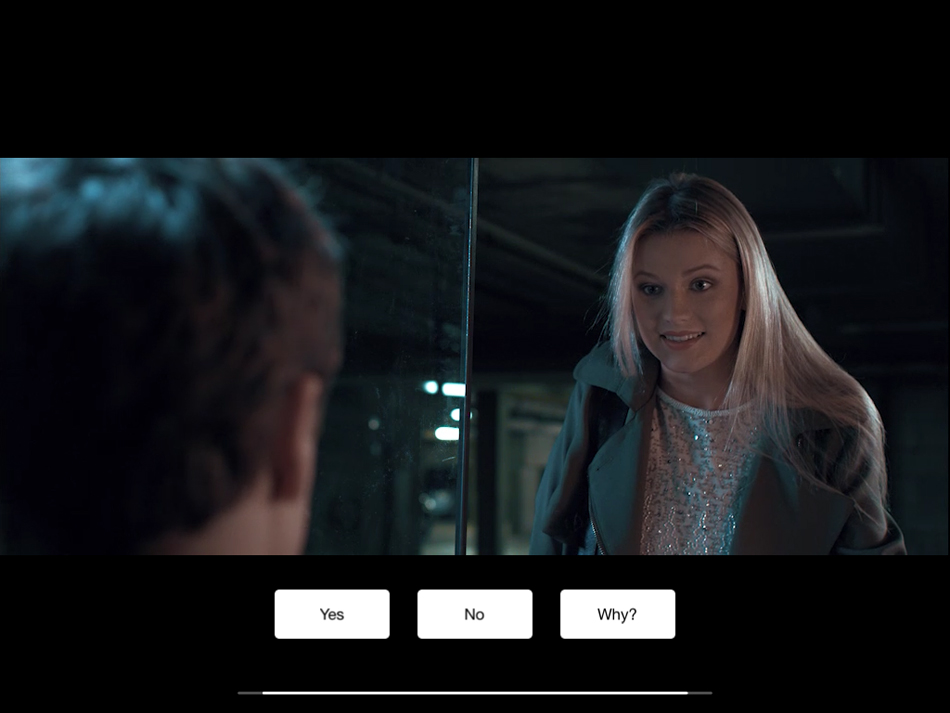Database narrative is an entirely new conception for me. As Lev Manovich mentioned in his book <The Language of New Media>, ‘in contrast to standard film editing (which consists of the selection and ordering of previously shot material according to a pre-existent script), here the process of relating shots to each other, ordering and reordering them in order to discover the hidden order of the world constitutes the film’s method’ (Manovich 1999, p. 97). It explained the difference and creativity which the database narrative could give to the film industry.
So I want to discuss two examples, for me, these two projects are innovative and experimental, but they are reasonable based on the database narrative. I believe the database narrative could bring new inspiration and the approach of film deconstruction to filmmakers.
The first project is a fiction film named <Dragonfly Eyes> created by a Chinese artist Xu Bing. He edited a 90 minutes fiction film from over ten thousands hours footage of surveillance camera all over China. The film tries to explore ‘How to define the truth’ and the change of the relationship between our daily life and surveillance system, the technology that we used to reduce the incidence of crimes has evolved to a medium which allows the general public to become a pryer even a direct participant. The footage from the surveillance camera is a huge database, and Xu created <Dragonfly Eyes> which is a combination of unrelated footage through the massive editing work and the constant adjustment of the voice over. As he said, the working method that matches contemporary civilisation is exploring the new possibility of art creation.
<Dragonfly Eyes> trailer: https://www.youtube.com/watch?v=-ccfz77ifeU
The second project is <The Clock> created by Christian Ernest Marclay in 2010. <The Clock> is a 24-hour movie, and there is a timekeeping scene for every minute. All the shots in the film from existing movies and TV series, the selection work took Marclay’s team three years. There is no relationship between these shots, roles, scenes and events. Since all shots were taken from already released film and television works, and many of these works were widespread, so the audience could easily be evoked by past viewing experience and resonate with the other people who have the same experience. ‘The sequence of numbers acts as a narrative shell which ’convinces’ the viewer that s/he is watching a narrative. In reality the scenes which follow one another are not connected in any logical way’ (Manovich 1999, p.95).
Part of <The Clock> https://www.youtube.com/watch?v=xp4EUryS6ac
The new technology made us can build a giant database that can never be filled. Therefore the filmmakers could use the database narrative to innovate and experiment continually.
Reference list:
HLGfilms 2011, Christian Marclay, The Clock, YouTube, 3 September, HLGfilms, viewed 28 March 2018, <https://www.youtube.com/watch?v=xp4EUryS6ac>.
Manovich, L 1999, ‘Database as symbolic form’, Convergence, vol. 5, no. 2, pp. 80-99.
Xu Bing Studio 2017, Dragonfly Eyes 蜻蜓之眼 Official Trailer (English and Chinese subtitles), YouTube, 11 August, Xu Bing Studio, viewed 28 March 2018, <https://www.youtube.com/watch?v=-ccfz77ifeU>.


